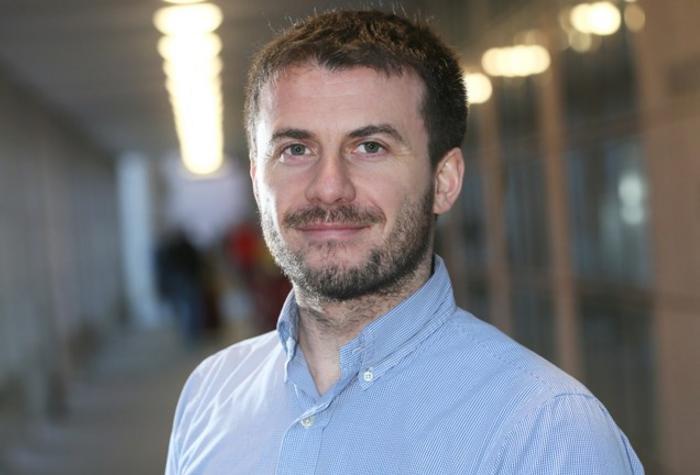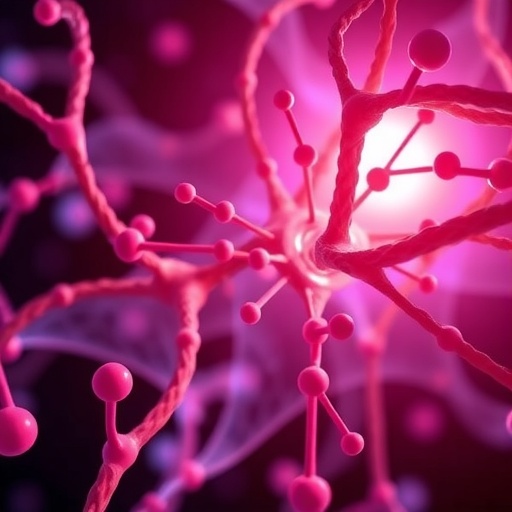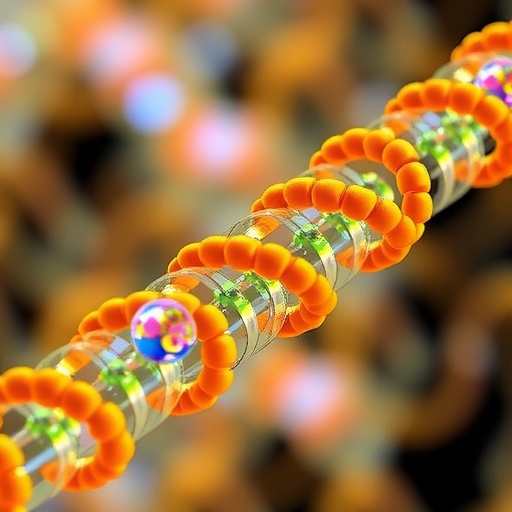
A groundbreaking international study has unveiled a pivotal molecular mechanism fueling one of the most lethal forms of childhood brain cancer, Diffuse Midline Glioma (DMG). This discovery not only deepens scientific understanding of this incurable disease but also holds promise for novel, more precise therapeutic interventions targeting its underlying biology. Published recently in the prestigious journal Molecular Cell, the research sheds new light on how DMG manipulates the cell’s gene regulation machinery to sustain its growth and evade current treatment strategies.
DMG, a tumor that originates deep within the brainstem and predominantly affects children and young adults, is almost universally fatal. Nearly all cases of this aggressive cancer harbor a mutation in a histone protein called H3, which plays a critical role in DNA packaging and gene regulation within the nucleus. This mutation leads to the perturbation of a crucial epigenetic mark known as H3K27me3 — a chemical modification normally responsible for silencing genes that should remain inactive, maintaining cellular identity and function.
Historically, scientific consensus held that the loss of this methylation mark in DMG tumors caused previously silenced genes to become aberrantly active, promoting unchecked tumor growth. However, the current study challenges this dogma by showing that despite the global reduction of H3K27me3, certain gene repression mechanisms remain intact and are, counterintuitively, essential for tumor survival. This unexpected finding redefines our understanding of the epigenetic landscape in DMG and the nuances of its oncogenic machinery.
Central to this revamped perspective is the identification of a specific gene silencing complex, termed CBX4/PCGF4-containing canonical Polycomb Repressive Complex 1 (cPRC1), as indispensable for DMG cell viability. Remarkably, although this particular incarnation of PRC1 comprises less than five percent of the total gene-silencing apparatus in DMG cells, it exerts a disproportionately large influence by repressing tumor-suppressive genes that otherwise would inhibit cancer proliferation.
Delving deeper into the molecular architecture of this complex, the study reveals an uncharacterized domain within the CBX4 protein that facilitates a critical interaction with PCGF4, stabilizing the formation of this deleterious silencing complex. This structural insight into CBX4 provides a new conceptual framework for its role in sustaining the malignant phenotype in DMG and suggests that disrupting this interaction could destabilize the epigenetic repression critical for tumor maintenance.
Professor Adrian Bracken, co-lead investigator from Trinity College Dublin’s Smurfit Institute of Genetics, emphasizes the therapeutic potential of this discovery. “Our findings demonstrate that even a minor fraction of PRC1, specifically the CBX4/PCGF4 complex, is essential for tumor sustenance. Targeting this unique epigenetic subcomplex offers an opportunity to design treatments that are both effective and selective, potentially reducing the side effects often associated with broader epigenetic drug interventions,” he notes.
Complementing this perspective, Dr. Gerard Brien of the University of Edinburgh, also a co-lead in the study, highlights the translational implications. “Identifying CBX4 as a key driver in DMG opens an exciting avenue for drug development. Therapeutic strategies aimed at hindering CBX4’s chromatin binding or its partnership with PCGF4 could interrupt the gene-silencing machinery that the tumor critically depends on, offering hope for effective treatments where none currently exist.”
The research owes much of its success to the collaborative work of two former PhD researchers from the Bracken Lab, Dr. Eimear Lagan and Dr. Daire Gannon. Their combined expertise and persistent inquiry into the epigenetic intricacies of DMG have culminated in this landmark study, exemplifying the power of international scientific collaboration and cross-institutional mentorship, with Dr. Lagan’s final experimental work conducted at the University of Edinburgh.
The broader significance of this research has been underscored by Claire Kilty, Head of Research at the Irish Cancer Society, who lauds the discovery as an important stride towards viable treatment strategies for this devastating cancer. She remarks, “This study identifies new therapeutic targets for a disease that is currently incurable. It exemplifies how funding cutting-edge cancer research in Ireland can directly contribute to breakthroughs that have global impact.”
DMG’s resistance to conventional chemotherapy and radiotherapy has rendered it one of the most challenging pediatric cancers to treat. By elucidating the unique reliance of DMG on a specialized epigenetic silencing complex, this research paves the way for a new class of targeted therapies that interfere specifically with the tumor’s survival mechanisms while sparing healthy cells. This approach heralds a paradigm shift in not only how DMG is understood but also how it might be tackled clinically.
Importantly, the findings underscore the complexity of epigenetic regulation in cancer. While traditional models suggested gene activation due to loss of repression, these results highlight that certain gene silencing functions persist and are vital to tumor progression. Future studies will likely explore the broader implications of this dual epigenetic deregulation and its potential to inform treatment approaches for other cancers harboring similar histone mutations.
Beyond DMG, the CBX4/PCGF4 complex and its role in gene repression may have implications for other malignancies where Polycomb Repressive Complexes are involved, expanding the therapeutic potential of targeting this molecular axis. The structural insights into CBX4 also provide a foundation for rational drug design aimed at evicting or destabilizing this critical epigenetic regulator.
In conclusion, this study marks a significant advance in the molecular oncology of pediatric brain cancers. By unveiling a previously unappreciated dependency on a rare PRC1 complex variant, it illuminates new biological vulnerabilities in DMG and lays the groundwork for the development of novel, precision medicine approaches. As research progresses, the hope for transformative therapies for children afflicted by this devastating disease grows stronger.
Subject of Research: Molecular mechanisms driving Diffuse Midline Glioma and identification of new therapeutic targets involving the CBX4/PCGF4-cPRC1 complex.
Article Title: (Not explicitly provided in the source content)
News Publication Date: (Not explicitly provided in the source content)
Web References: (Not explicitly provided in the source content)
References: Published in Molecular Cell
Image Credits: Professor Adrian Bracken, Trinity College Dublin
Keywords: Diffuse Midline Glioma, DMG, childhood brain cancer, epigenetics, histone H3 mutation, H3K27me3, Polycomb Repressive Complex 1, CBX4, PCGF4, gene silencing, tumor growth, targeted therapy, molecular oncology
Tags: aggressive pediatric brain tumorsbreakthroughs in cancer biologychildhood brain cancer researchcurrent treatment challenges in DMGDiffuse Midline Glioma therapyepigenetics in cancer treatmentgene regulation in childhood tumorsH3 histone mutation effectsinnovative approaches to brain cancer therapiesmolecular mechanisms in DMGnovel therapeutic targets for DMGunderstanding DMG growth mechanisms





